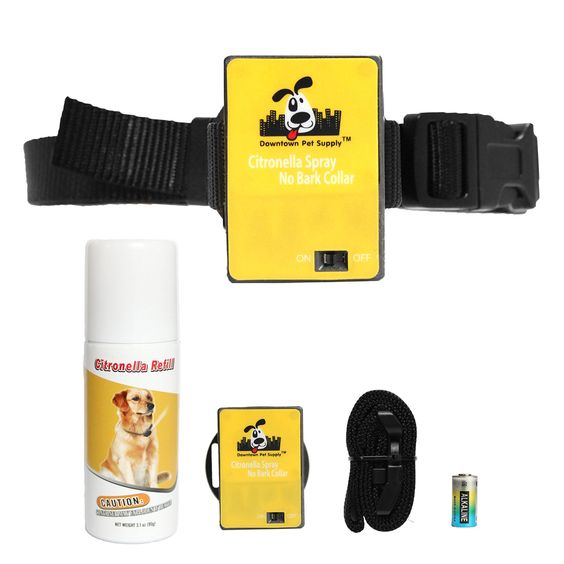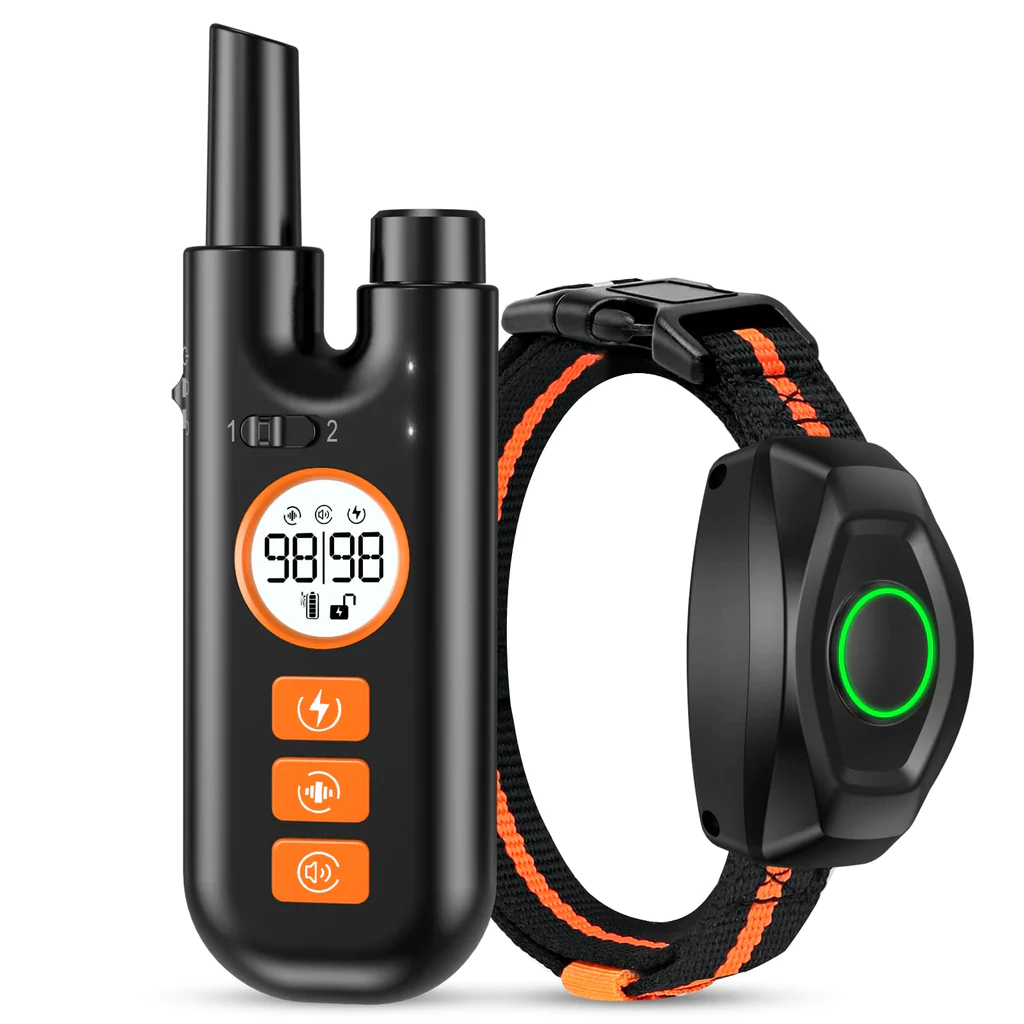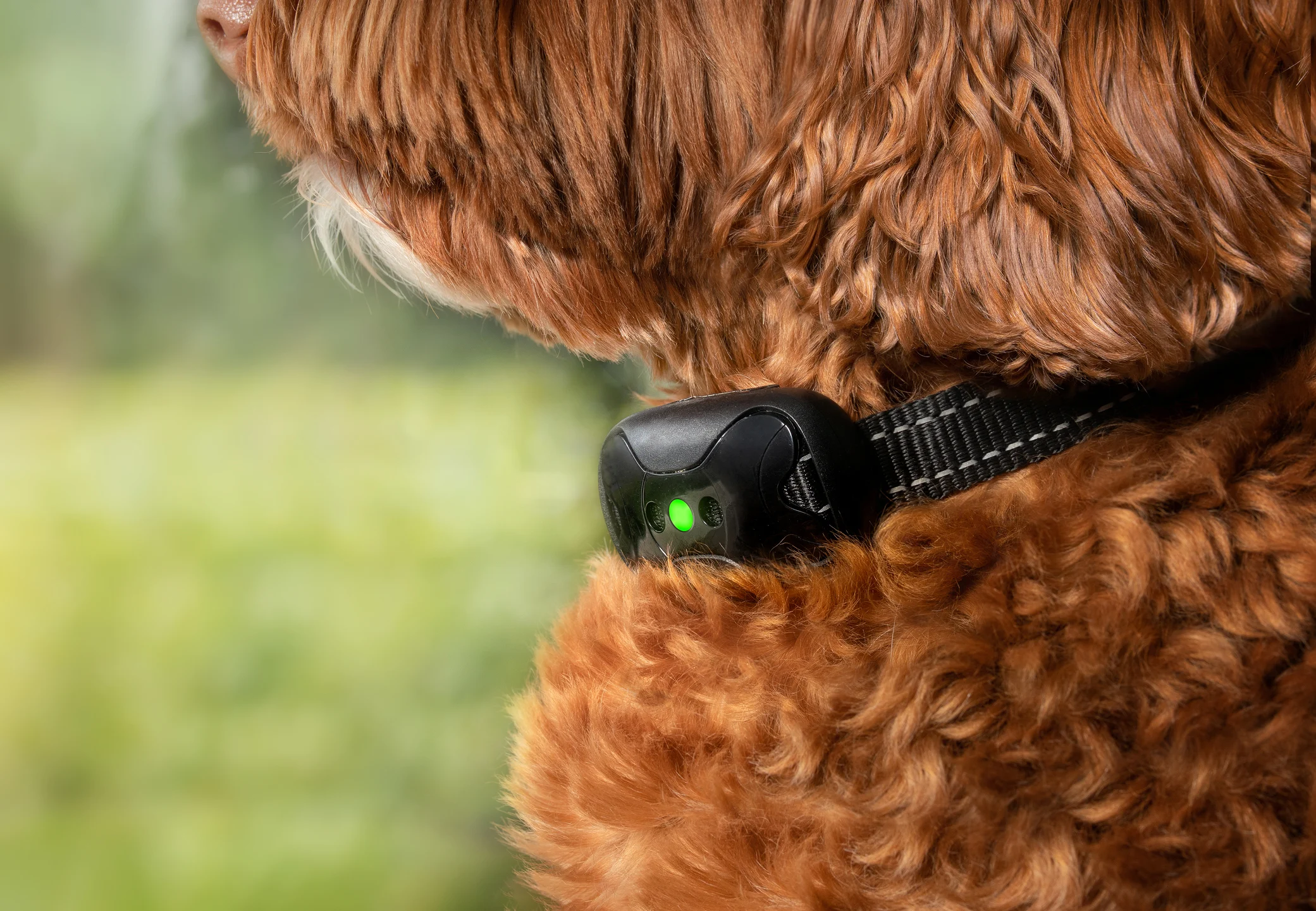Large dogs tend to have large and loud noises. You might be searching for solutions to their barking. And by researching everything, you stumbled upon bark collars for large dogs.
Now, your question is how effective these tools are. Can they help you prevent barking? Stop barking? Well, do not worry, we are here to help you get the answers to these questions.
Why Do Dogs Bark?
Simply put, to communicate. People talk, and dogs bark. It is as simple as that. Barking is a type of communication for dogs. And there are different reasons why dogs might bark. It depends on the message they are trying to convey. Here are some examples.
- Territorial barking when they protect the property, including people in their area
- Alert barking to notify their owners that something or someone is approaching
- Barking to initiate play between dogs
- Barking to get your attention
- To show disagreement with something you are trying to tell your dog
And so on. There are many more reasons. To stop barking, you must first find the reason for it.
As in medicine, you do not treat the symptoms, you try to cure the disease.
Do Large Dogs Bark More Than Small Dogs?
No, quite the opposite. Generally speaking, smaller dogs are louder than larger dogs. If you own a small dog like a Chihuahua, Jack Russell, or even a Pomeranian or Maltese, you know they are loud dogs.
The reason is simple. Small dogs often suffer from small dog syndrome. And it is the way of nature. In wildlife, the larger animal eats the smaller animal. So, small dogs need to bark as a defensive scheme to protect themselves.
Large dog breeds, on the other hand, often show a calm demeanor. They know how big they are, and they do not see small dogs or other animals as a threat. Small dogs see larger animals as a threat.
Types Of Bark Collars
Generally speaking, bark collars come in three basic types. And your bark collar for large dogs can be any of these three types. Those are bark collars that make noises, bark collars that vibrate or shock, and bark collars that spray. Let’s try and break down these three different types.
Citronella Collars

Or better said, a collar that spray. A citronella spray collar is considered one of the most effective methods to stop excessive barking.
How does it work? It works by spraying a light mist of non-toxic citronella blend onto the lower jaw of your dog. The collar uses a sensor that automatically detects the vibrations from your dog’s vocal cords, and the spray and scent serve as unusual sensations that will distract your dog’s attention from barking. It rewards calmer behaviors.
Vibration collar

The next item on the list is a vibration collar. And they are exactly what they sound like. The bark collar vibrates in pulses once it detects excessive barking.
You have the option to set the level of vibration that your dog will feel. You can start at the lowest level to observe the response of your dog. And if your canine doesn’t react, simply increase the level.
These collars do not cause any pain to your puppy. They serve as a distraction for their attention.
Static Shock Collars

These collars can be used to prevent barking behavior, but also for training purposes way beyond barking.
Similar to the vibration collar, you can set up the level of static shock. It is not painful for your dog. It is the same as the zap you get from rubbing your feet across a carpet and touching something else.
Yes, it is unpleasant for a split moment, but it will not hurt your dog. Think of this dog shock collar as another form of distraction.
Ultrasonic Devices

Lastly, we have collars that produce sounds. The ultrasonic technology in these devices detects the sound of barking and responds by emitting a high-frequency sound that dogs can hear. This sound is inaudible to humans.
Dogs learn to associate that barking will result in hearing sounds, an annoying sound, yet not harmful.
What Do You Need To Consider?
I have to stress this again. Dogs bark to communicate. When you are trying to train a dog not to bark, you have to understand that.
The goal is not to prevent your barking dog from communicating. Your goal in using a bark collar for large dogs is to stop the barking when you give a command.
And prevent unnecessary barking. Usually, anti-bark collars are adjustable and designed to work for canines of all sizes. Yet, you have to ensure proper fit. The collar should not harm your dog. Here are some things you have to take into consideration:
- Improper fit will irritate the skin of your pooch
- Do not leave collars on for too long, that can irritate the skin as well
- Non-adjustable sensitivity or modes cause over or under correction
- Overusing a citronella dog bark collar can stop being effective once your pet becomes accustomed to the stimulus
- Anti-bark collars are distraction tools, not set-and-forget trainers
- Before you try to stop unwanted behavior, rule out underlying conditions first that might cause barking
Are These Collars Humane?
Every dog owner and pet parent should ask this question. It is normal and logical to have concerns about the safety of the bark collars. Do they hurt your pooch?
Well, while they are not designed to harm dogs, some of them might be uncomfortable for dogs. Even more concerning. When used improperly, they can and will be harmful to your furry friend.
That is why you should never use a dog bark collar for more than 12 consecutive hours. You should not use it when the pet is involved in playtime activities. And never, ever use an anti-bark collar on a puppy less than 6 months old or under 8 pounds.
How To Stop Your Dog From Barking?
Is there any way to stop a dog from barking without using a bark control collar? Well, yes, there is. But it requires a lot more time, effort, and patience on your part. You can teach your dog the Shush or Quiet command with positive reinforcement. How to do that? Well, first, you have to teach your dog to bark on cue.
The basic learning sequence for any command is: request > lure > response > reward. In other words, it looks like this.
- You give a command to speak
- Lure your dog into barking, using a trigger for barking
- Your dog responds, barks
- You praise and reward the barking
Only when your dog can bark on cue, you can teach the command Quiet. Here is how it goes.
- While your dog is barking, give the command Shush or Quiet
- Lure your dog to stop barking by bringing something to his nose to sniff. Dogs cannot sniff and bark at the same time
- Your dog sniffs the goodies and stops barking
- Your reward with the food
Gradually, increase the time between your dog stopping barking and rewarding for Shush. Eventually, your dog will learn to stop barking when you give them a command to be quiet. It is a much better dog training method than using a bark collar.








